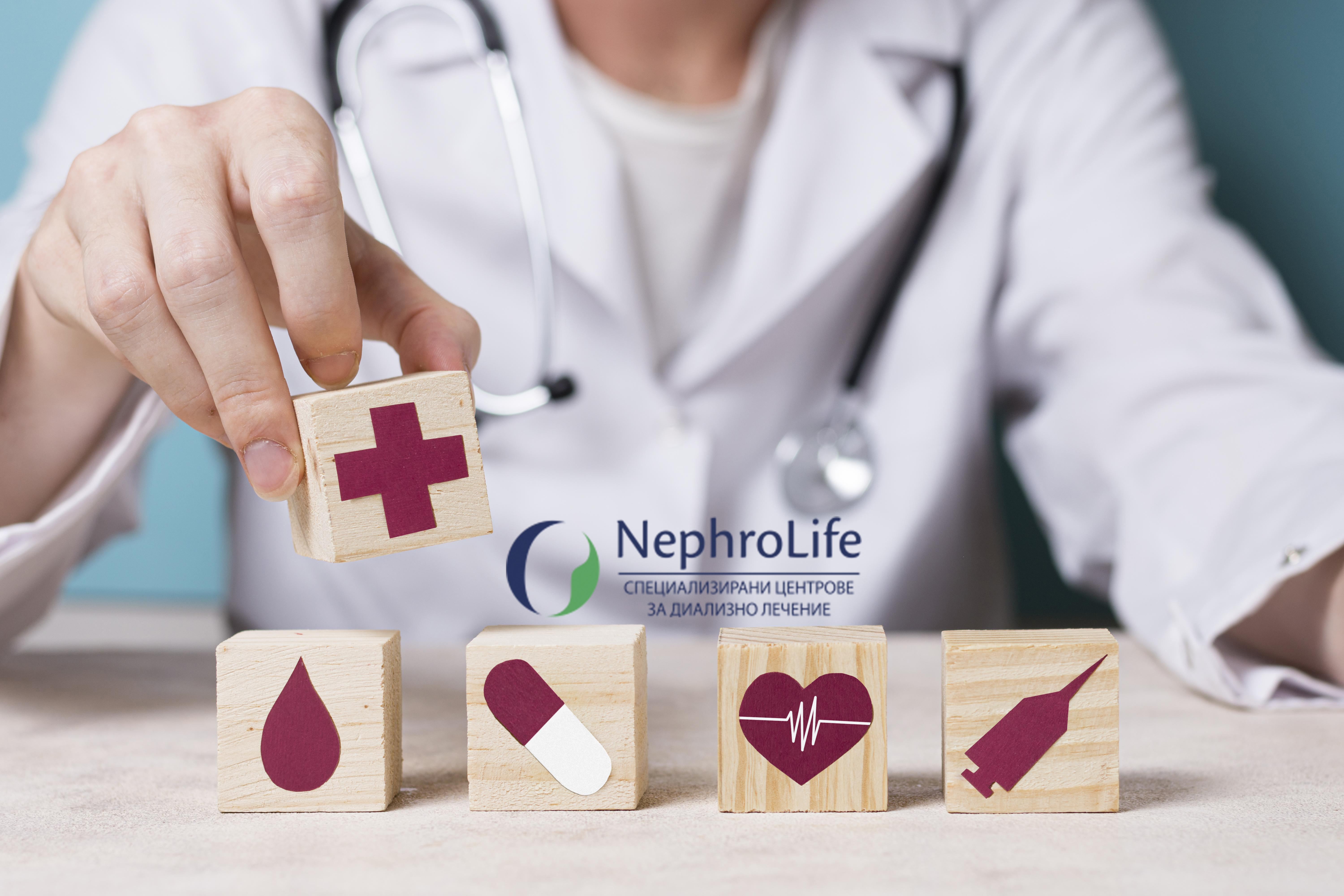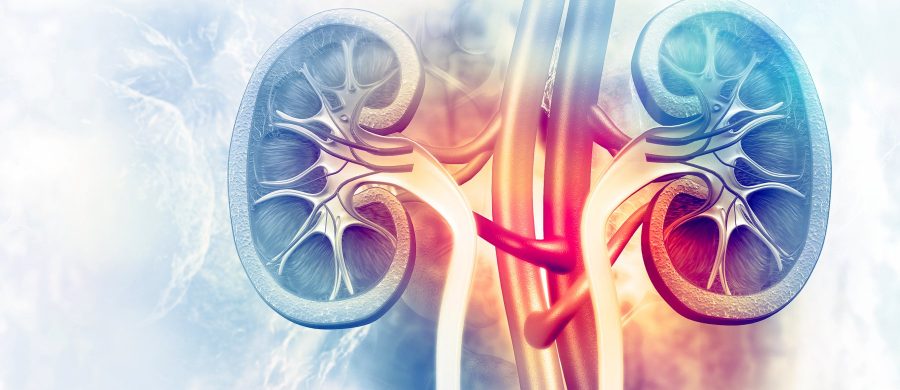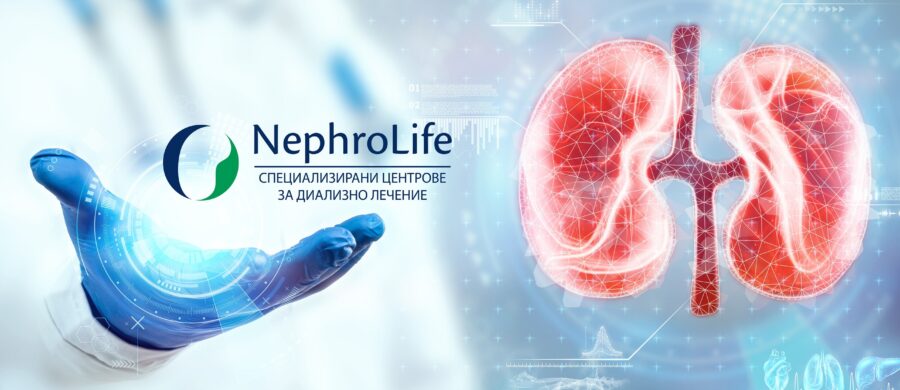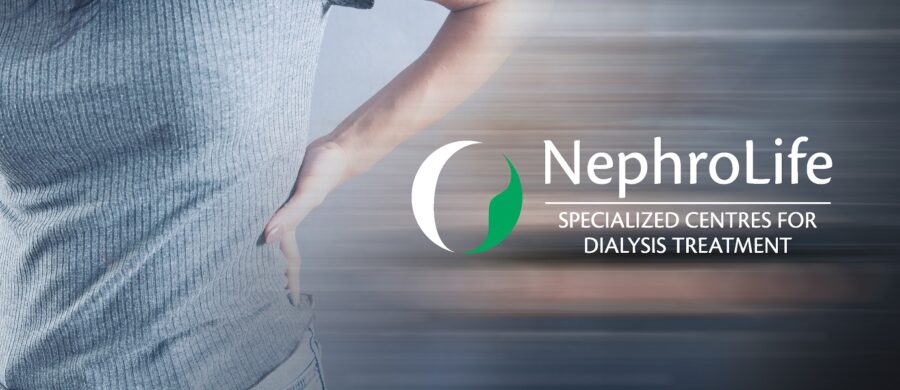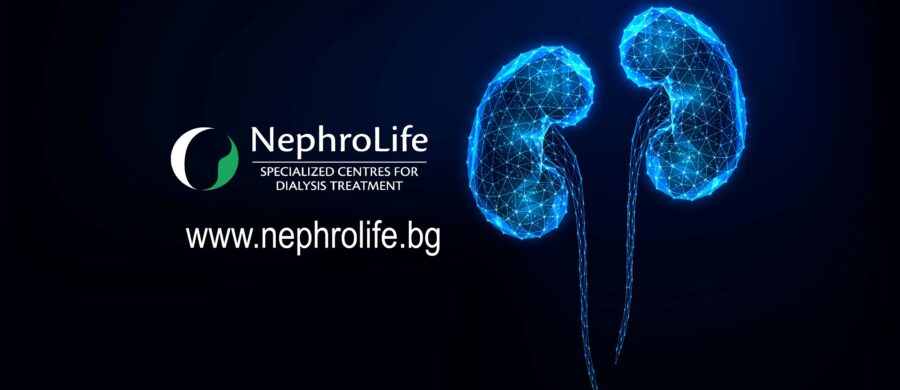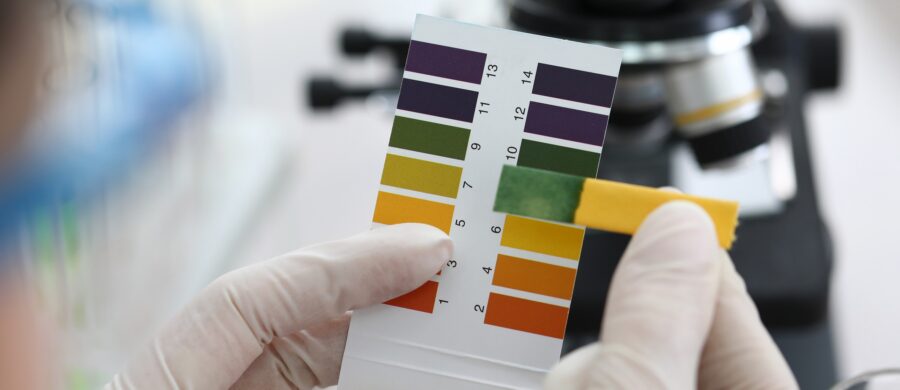Cardiovascular disease is much more common in people with kidney disease or kidney failure.
Like all organs, the heart is made of tissue, which requires a supply of oxygen and nutrients. Although his chamber is full of blood, his own supply comes from a network of arteries called coronary arteries.
The name „heart disease “includes a number of health problems that can affect the heart or blood vessels. Doctors call these disorders cardiovascular disease. The heart and blood vessels work together to deliver oxygen to all parts of the body, including the brain, heart, legs and lungs. Damage to the heart or blood vessels can be very serious and can lead to chest pain, heart attack or stroke.
In addition to kidney failure, most people on dialysis have one or more of the following conditions:
- Diabetes
- High blood pressure
- Anemia
- High levels of fats such as cholesterol in the blood
- Poor balance of minerals such as calcium and phosphorus, leading to disease and heart problems
Each of these conditions forces the heart to work harder, and it eventually loses its ability to pump blood well enough.
Can dialysis patients do anything to keep their heart healthy?
Dialysis people have specific health needs.
You can also follow these easy ten steps for a healthier heart.
- Follow an optimal and healthy diet
- Be physically active
- Keep your blood pressure and cholesterol levels under control
- Maintain a balance of calcium and phosphorus
- If you have diabetes, keep your blood sugar under control
- Do not smoke
- Reduce stress
- Maintain a healthy weight
